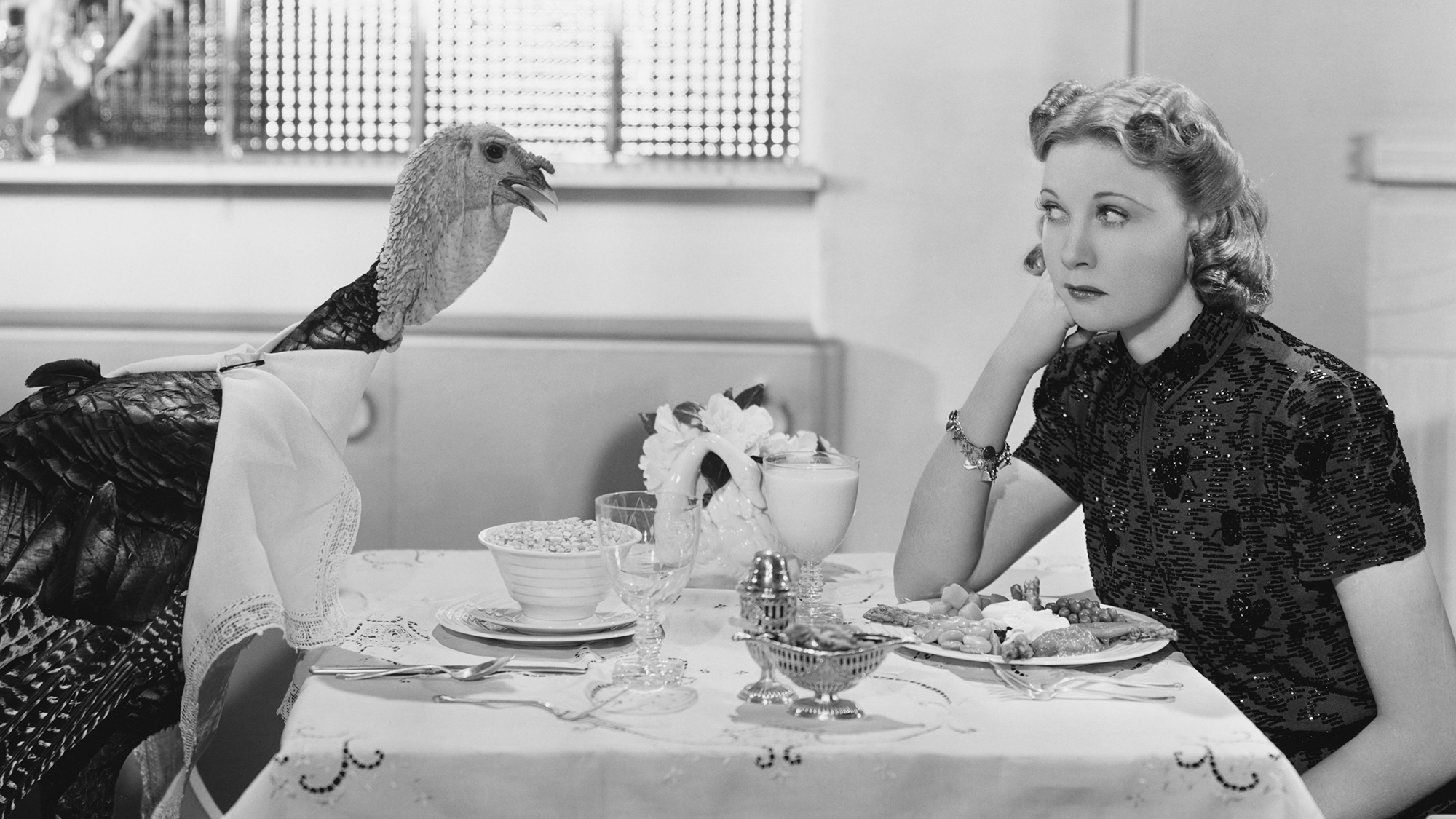Exhibit of the week: Discovering Columbus
Visitors to New York’s Columbus Circle can enjoy a meet-and-greet with Gaetano Russo’s 1892 statue of Christopher Columbus.
Columbus Circle, New York
Through Nov. 18
Call it “the climb of the ancient mariner,” said Barbara Hoffman in the New York Post. Through mid-November, visitors to New York’s Columbus Circle can enjoy a meet-and-greet with Gaetano Russo’s 1892 statue of Christopher Columbus by ascending the 60 feet of scaffolding currently wrapped around the pedestal that the figure has stood upon for 120 years. In the “strange and wonderful world” created by artist Tatzu Nishi, you don’t make the statue’s acquaintance under an open sky. Instead, the stairs lead up to a faux penthouse apartment, complete with comfy sofas, funky wallpaper, and to-die-for views. In the center of the room, there’s Columbus on a coffee table—13 feet tall and “looking pretty good” for his age. You could argue that the man deserves more respect, but Nishi’s installation is fun and fresh, and “does what good art should”: It “makes you look,” and “might even make you think.”
The Week
Escape your echo chamber. Get the facts behind the news, plus analysis from multiple perspectives.

Sign up for The Week's Free Newsletters
From our morning news briefing to a weekly Good News Newsletter, get the best of The Week delivered directly to your inbox.
From our morning news briefing to a weekly Good News Newsletter, get the best of The Week delivered directly to your inbox.
It’s easily “the most audacious public artwork that has appeared in New York City in years,” said Andrew Russeth in GalleristNY.com. Visitors enter the room from behind Russo’s massive Columbus, and “this—it cannot be overstated—is a supremely surreal sight.” The walls of the room are covered with framed art and pink wallpaper bearing images of Marilyn Monroe, Elvis, and a McDonald’s arch, but “they’re beside the point, kitschy distractions from the main event.” Nishi, who’s previously constructed hotel suites around a Queen Victoria statue in Liverpool, England, and around a popular fountain in Singapore, has lifted us to Columbus’s height so we’ll consider what other features of our public spaces—“what other monuments, what other latent ideologies”—routinely escape our notice.
“Nifty” as the whole experience may be, “I expected a bit more surrealist bang for my six-flight climb,” said Roberta Smith in The New York Times. While the Columbus statue is big for the room, it doesn’t seem “all that out of place.” You could even imagine it as merely the expensive showpiece of a wealthy collector, which is surely part of Nishi’s point. But while the artist’s radical recontextualizations have been more successful elsewhere, this project at least forces us to consider the effects of “what might be called extreme privatization”—allowing our public monuments and public spaces to become the exclusive domain of the rich and powerful. And if that thought fails to strike you numb, you might dawdle anyway, to enjoy the “ravishing views” from Columbus’s temporary digs.
A clarification: In a recent story about artist Jessica Rath, we referred to Gala and Granny Smith apples as “genetically engineered” objects. Rath’s show makes the point that all supermarket apples are the product of grafting, cross-breeding, and other careful human intervention, but these apples are not genetically modified in the lab.
A free daily email with the biggest news stories of the day – and the best features from TheWeek.com
-
 Political cartoons for December 23
Political cartoons for December 23Cartoons Tuesday's political cartoons include an eye on CBS, cracking the middle class, and Donald Trump's name on everything
-
 Why women are feeling the festive stress
Why women are feeling the festive stressTalking Point As the Christmas frenzy ramps up, many mums feel the pressure of ‘keeping the whole sleigh on the road’
-
 Is Keir Starmer being hoodwinked by China?
Is Keir Starmer being hoodwinked by China?Today's Big Question PM’s attempt to separate politics and security from trade and business is ‘naïve’